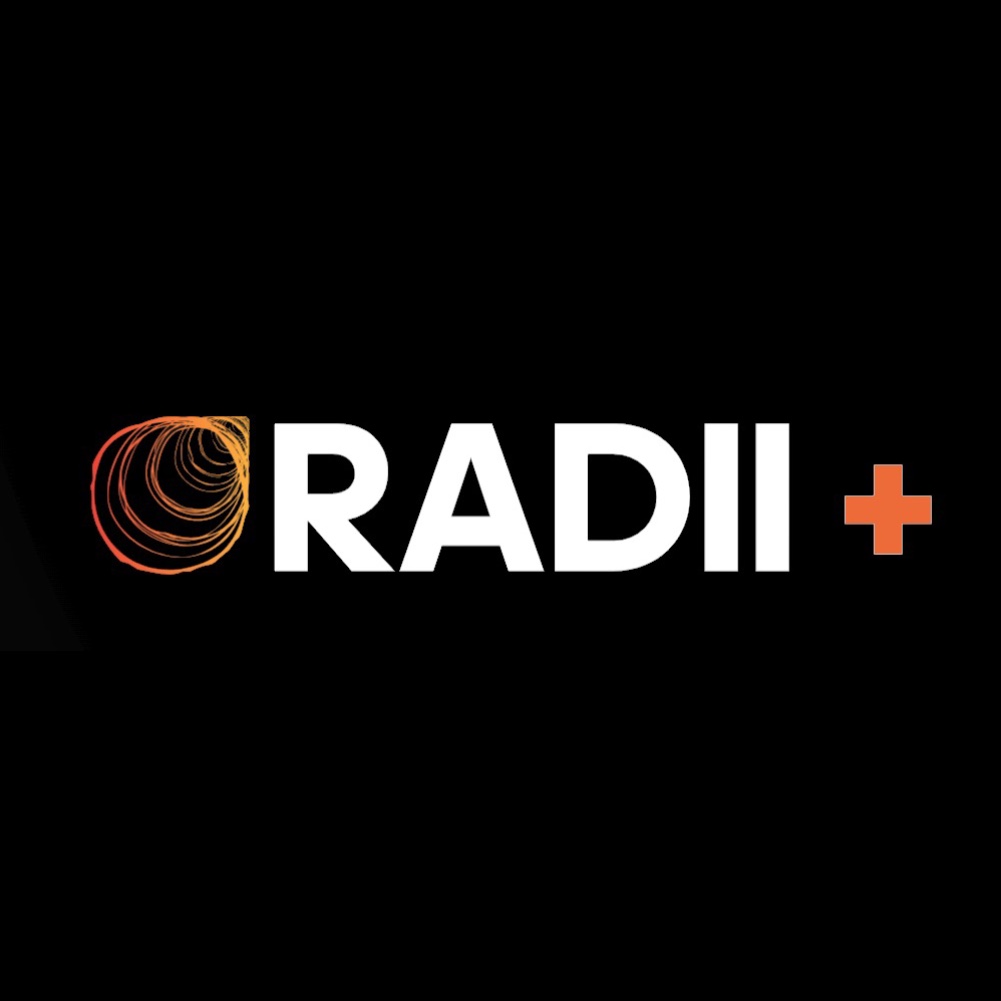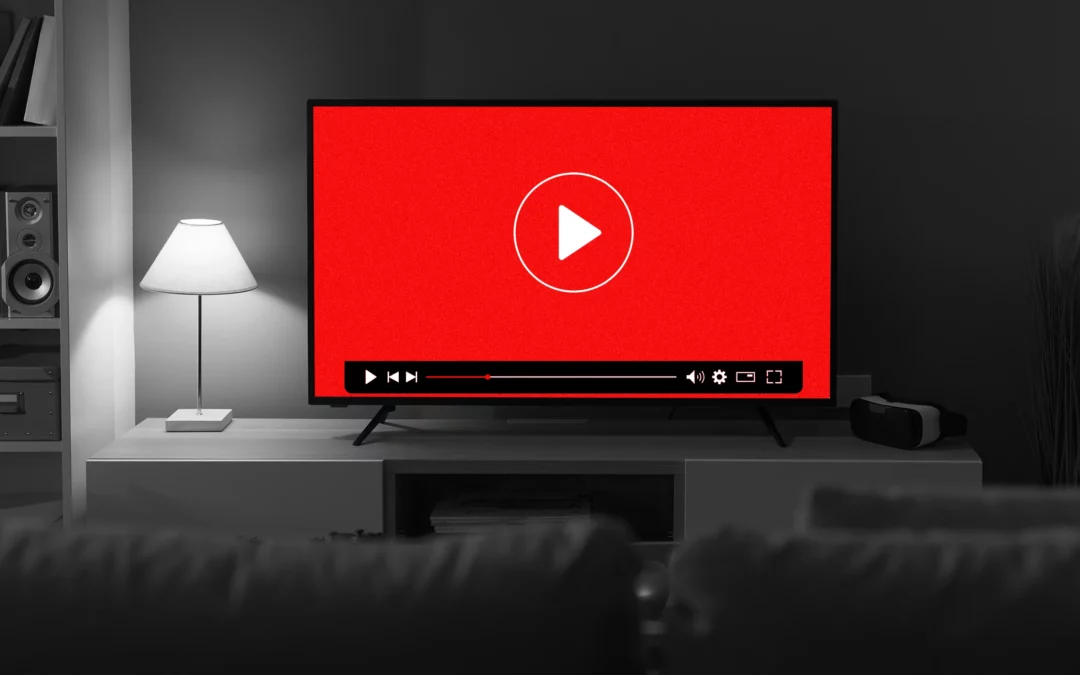The days of using YouTube only to watch vlogs or go on late-night rabbit holes are long gone. The platform is now making a bet on movies and television.
66% of consumers find TV or movie content on YouTube, citing a recent Looper Insights poll performed from April 16 to April 25. According to Media Play News, 61% of people already regularly stream content from it, and 34% rely on it as their primary source for TV and movie entertainment.
This change is not unexpected. The Google-owned platform recorded a record 12.4% of all TV viewing in April. Furthermore, competitor streams shouldn’t be the only ones worried. According to Nielsen, YouTube has been the top distributor of television programs for three months running.
READ MORE: Although YouTube TV Is Growing By Disrupting The Cord-Cutting Trend, Not Everyone “Enjoys The Zen”

Executives in the media are paying attention. Of the 65 people polled, 84% think YouTube is a good place to start releasing long-form content, and 30% are already thinking about using it for future releases.
It was the first time that Americans watched YouTube on TV displays rather than mobile devices in Q1 2025. Media businesses have started to upload high-quality content straight to the platform, bringing audiences into the living room. Warner Bros. discreetly made more than 30 full-length movies available for free viewing on YouTube earlier this year.
READ MORE: The Initial Videos Posted To YouTube Twenty Years Ago Were Brief And To The Point
However, as YouTube keeps growing, creators must make important choices. Some have license agreements with Netflix, such as Ms. Rachel. The most-subscribed YouTuber, MrBeast (real name Jimmy Donaldson), introduced Beast Games to the small screen with Prime Video.

However, a lot of followers would rather that their favorite YouTubers continue in their current role. YouTubers feel more real and more suited to the platform that started their careers, according to more than half (54%) of respondents. In the meantime, creator-led shows frequently do poorly on streaming services like Netflix and Prime, according to nearly three-quarters (74%) of executives, who cited poor audience migration and an excessive dependence on follower counts.
The good news is that YouTube’s takeover is already well underway, so there may be no need for creators to relocate.
Step into the ultimate entertainment experience with Radii+ ! Movies, TV series, exclusive interviews, live events, music, and more—stream anytime, anywhere. Download now on various devices including iPhone, Android, smart TVs, Apple TV, Fire Stick, and more!


